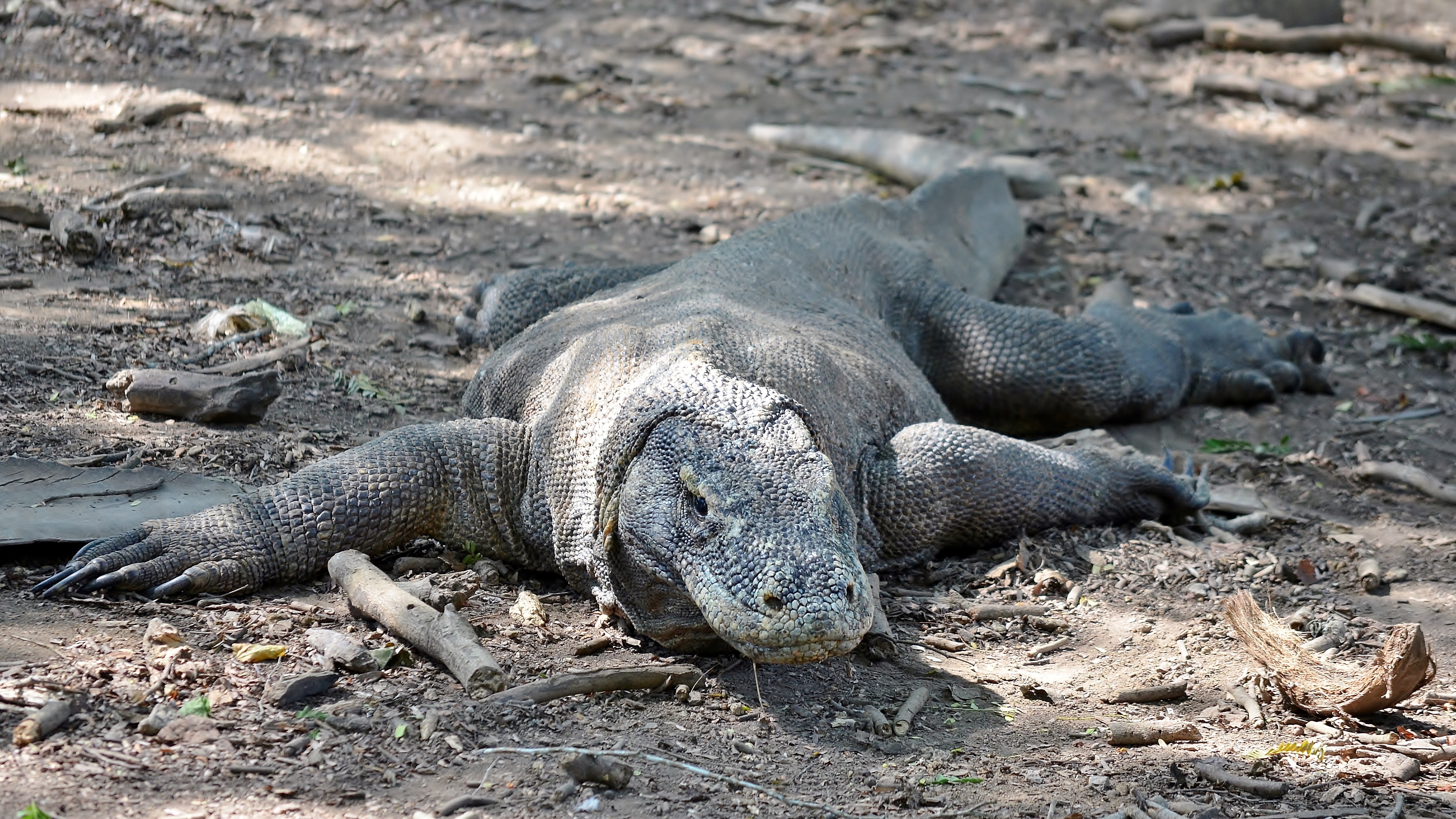Artificial food dyes are additives that are used to enhance the colour of various foods. The food industry has used food colouring as a tactic for many centuries to make food look more appealing to consumers. Would you rather eat a colourless lollipop, or a rainbow coloured lollipop? Although artificial colouring is widely used, it is linked to a number of health problems such as cancer in animals and increased hyperactivity in children.
For many of us, it is almost impossible to go a day without consumption of artificial colouring. Colouring agents are found in beverages, candies, cereals, and in most processed foods. Health Canada has permitted 13 colouring agents that are considered safe, including Brilliant Blue (or Blue #1), Allura Red (or Red #40) and Tartrazine (or Yellow #5), the 3 most common colouring agents.
In “Food Dyes: a Rainbow of Risks”, CSPI (Center for Science in the Public Interest) revealed health issues linked to nine food dyes. For instance, Citrus Red 2, which is used for colouring the skins of oranges, is toxic to rodents and is linked to bladder tumor. Yellow 5, which is used in beverages, cereals, and yogurts, may be contaminated with cancer-causing chemicals and is linked to hypersensitivity reactions in children.
A study published in 2007 also found that artificial colours increased hyperactivity in children. The results were achieved from 267 studies in 3 year old and 8/9 year old children. The children were given a placebo drink, or a drink containing artificial colouring equivalent to the amount of colouring found in two bags of sweets. The children consumed the drink everyday for a total of 6 weeks. During the study period, three measures of behaviour, the ADHD rating scale, the hyperactivity scale and the classroom observation code were used to study the hyperactivity in children. The researchers found that the results were consistent with those from other studies.
Top: Chocolates coloured with Brilliant Blue. Bottom: Chocolates coloured with natural spirulina (By John Penton)
Although there are potential health effects linked to artificial food colouring, I still want my M&M’s chocolate and Jell-O to be coloured. Thankfully, more companies are looking for natural alternatives to replace artificial colours and meet the public’s desire for natural products. Natural colour sources such as cyanobacteria Spirulina can replace Brilliant Blue, curcumin from turmeric can replace yellow, and chlorophyllin from chlorella can replace green. Furthermore, Health Canada has set many restrictions to limit the amount of food colours that can be used, and the types of food the colours can be added to. However, if you are concerned and want to limit artificial colours in your diet, look for food labels that say, “no artificial colours”, or shop at grocery chains that do not sell food with artificial colouring, like Whole Foods Market.
An interesting video that talks more about the potential health effects of artificial food colours is shared below.

Carmen Chu





![By Takeaway (Own work) [CC BY-SA 4.0 (https://creativecommons.org/licenses/by-sa/4.0)], via Wikimedia Commons](https://upload.wikimedia.org/wikipedia/commons/e/ea/Turkish_strained_yogurt.jpg)
